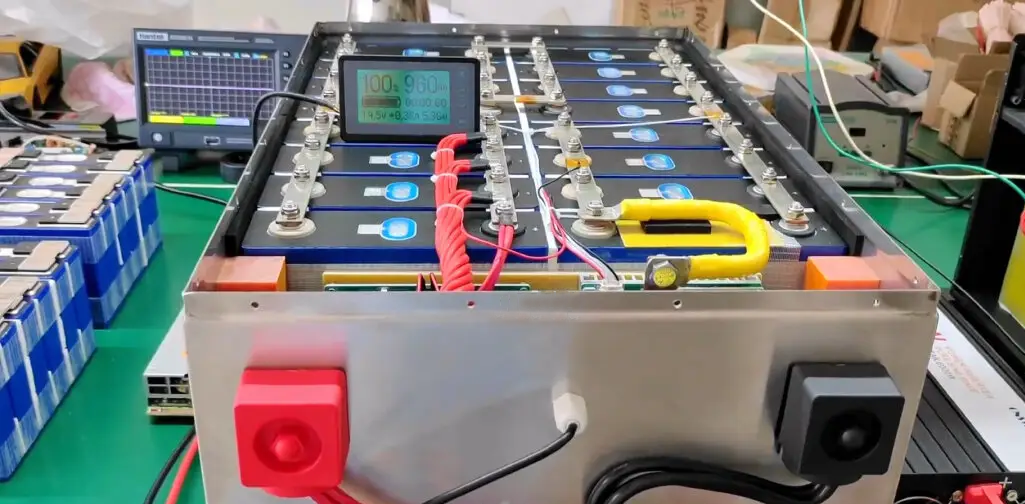 |
Welcome To Evlithium Best Store For Lithium Iron Phosphate (LiFePO4) Battery |
 |

Capacity reduction in LiFePO4 batteries is a natural and inevitable phenomenon, common to all battery types over extended usage. This decline is inherent to the battery's nature. So, why does it happen in LiFePO4 batteries?
LiFePO4 batteries, like any other, are consumable items that undergo aging and wear during prolonged use, leading to capacity reduction. Key reasons include:
These are among the numerous factors contributing to capacity decline in LiFePO4 batteries, which is a complex interplay of internal changes.

While we can't stop the natural capacity decline in LiFePO4 batteries, we can slow it down. Proper usage and maintenance are key. This includes avoiding overcharge and overdischarge, both of which can cause significant irreversible damage. Regular checking and cleaning of battery terminals to prevent oxidation can also help maintain optimal power output and reduce overheating that leads to capacity loss.
In summary, although capacity decline in LiFePO4 batteries is unavoidable, its rate can be moderated. Choosing compliant batteries and using them correctly can extend their lifespan and optimize their performance. Continuously learning about and adapting to proper LiFePO4 battery usage is essential for maximizing their potential.
Edit by editor
All Rights reserved © 2025 Evlithium Limited